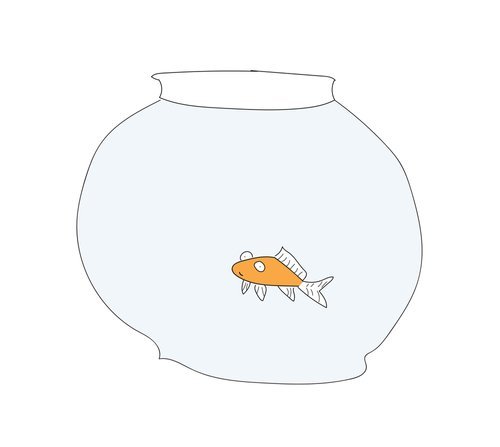Thinking about the potential consequences of a policy landscape in flux
This piece was co-authored by Dr. Nason Maani.
The U.S. stands at a moment of uncertainty regarding its future health and well-being. The current administration has now sought to act on a range of fronts in advancing its policy agenda. These early actions have affected almost all levels of government, many of which will have an attendant impact on health. What this impact might be in the long term remains to be seen, a view that is complicated by both the speed and breadth of the federal actions, and the extent to which these actions are directly affecting our capacity to measure their effects — as in the case, for example, of enforced pauses on health agencies’ communication.
With this in mind, we ask, considering what we know, what is the worst that could happen to U.S. health, what challenges should we be most aware of and anticipating? In asking this question, it is important to note the importance of adjusting for our biases and avoiding a reflexive engagement with the emotions of the moment. It is on us to make an effort to be dispassionate, because dispassion supports the reasoned, fair-minded perspective that helps us to do and say only what is constructive at a time that calls for approaches that build, not break. We have written before about the importance of maintaining this perspective, recognizing that we have just had an election in which the American people chose a particular vision for the US and—while they could not have foreseen all of what has happened since and may well not support much of it—we need to recognize that many of the policy changes of the moment would likely be considered at least directionally correct by roughly fifty percent of the country.
Read more here
